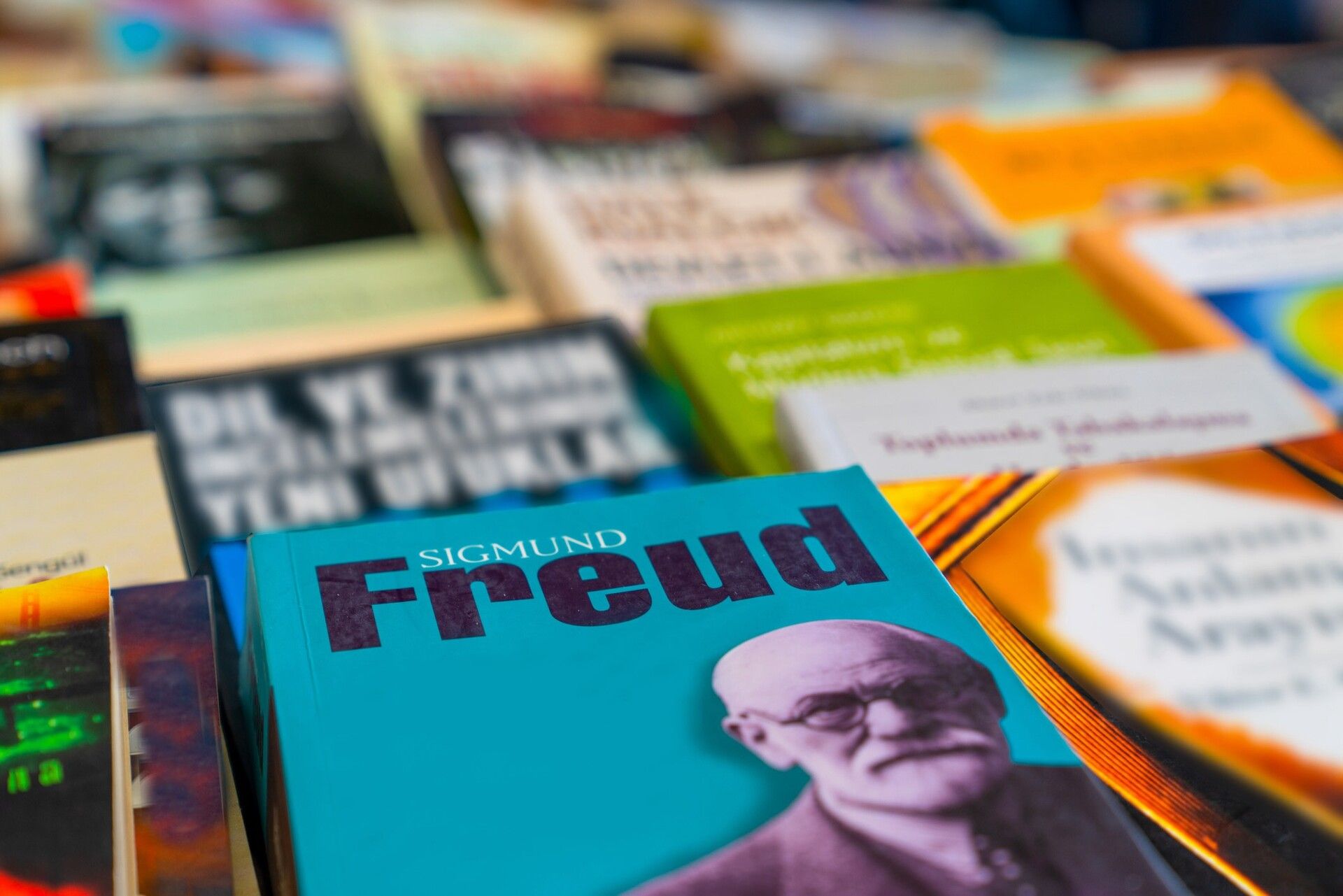- Curious Reading Club
- Posts
- What makes a great pop science book?
What makes a great pop science book?
Some rules of the road. Plus: An Announcement!
Let’s start this week’s email with a little housekeeping: things have been quiet on the mailing list for the last few weeks because I’m currently on an unexpected trip overseas for a family funeral.
Because of this, I’m cancelling our live chat for July—time differences and scheduling make it too tricky to get everything in order at short notice. I know some folks are big fans of the Q&A call, but I hope you understand.
The good news is that I’m still planning to interview Carly in a more convenient moment and share it with you: so if you have any questions to ask her, you can still email them over to me and I’ll make sure they get asked. As always, [email protected] will get through.
And we should be back on track by the time August’s live Q&A comes around.
So, back to the question that started this email: what makes a great pop science book?
The definition of pop science is pretty clear: books that tell stories about scientific endeavors in a way that is palatable for general audiences, rather than aimed at specialists. It’s the difference between Mary Roach’s conversational, expressive, funny classic Stiff: The Curious Lives of Human Cadavers and a dry, informational textbook like Steyn & Iscan’s The Human Skeleton in Forensic Medicine.
The definition, though, only narrows things a little. There’s an almost endless amount of titles professing to be pop science, and Amazon says it has more than 60,000 popular science books in its database. But these run the gamut, from Stephen Hawking’s A Brief History of Time—a pioneering theoretical physicist trying to make hard cosmology as palatable as possible—to something like Rude Science: Everything You Want To Know About the Science No One Ever Talks About, written by a TV food presenter and with a cover featuring a stick man relieving himself in a pool of yellow… stuff. That’s a pretty broad spectrum!
It’s become particularly strained in recent years, I think, with the advent of the bestselling airport pop science brick. This genre, perhaps typified by Malcolm Gladwell and Freakonomics, has tarnished the reputation of pop science by generating a flood of 300+ page page-turners that make sweeping arguments using a mixture of thinly-sourced anecdotes and misrepresented research.
All of this is one reason that I enjoyed Carly Anne York’s book and wanted to share it this month.
So, again: What makes a great pop science book?
Great pop science is accessible. It’s unlikely to be popular if it’s not readable, and so a pop science book should be able to describe the science at its core in terms that don’t require a higher-level degree to understand. Concepts are laid out in a way that brings people in, teaching the reader things that they didn’t know in ways that they can easily understand.
The language doesn’t have to be primary school level: it can often be elevated and as it evokes some of the wonders of science it’s trying to explain—take some of the wildly beautiful passages in last July’s Curious pick, Becoming Earth by Ferris Jabr, for example. The Salmon Cannon doesn’t pretend to be high literature, but it is a fun and engaging read: the voice of York comes through strongly and her ability to weave together all these stories draws us in on that journey from the dark into the light.
Great pop science is accurate. Being readable doesn’t mean you get to be wrong, and it’s not science if it’s a kind of manipulated or bowdlerized version of the truth. The science should be described carefully and truthfully, even if it’s for a general audience.
That doesn’t mean something has to be dumbed down or debased: ordinary readers picking up Ed Yong’s amazing book An Immense World, for example, will get a wholly accurate description of the study of animal senses without ever compromising scientific accuracy. York’s book tends to stop before it gets into dangerous territory, pitching itself at the right level so that it doesn’t throw away accuracy in favor of a good story.
And great pop science is appropriate. The old saying goes that “extraordinary claims require extraordinary evidence.” Scientists so often couch their claims and discoveries to point out how fragile and inconsistent knowledge can be, and yet so many pop science books end up making grandiose arguments on the back of the research they describe.
One of my favorite podcasts, If Books Could Kill, is great at dismembering titles that overstretch themselves—sometimes weird, angry pseudo-scientific self-help books (think The Game and The Rules) but often overly-influential pop-economics arguments like The Tipping Point. These are great examples of inappropriate claims: a single idea accelerated into a worldview, or an anecdotal observation presented as a fundamental law.
If York’s book makes a claim, it is a simple one: that basic science and seemingly silly research can actually have real value. This is not overstretching a metaphor, or pulling a fast one on the reader: it feels like an argument that comes out of its stories—not a set of tales arranged to prove a point.
In one sense it’s so easy to throw these three values away in favor of an eye-catching headline or big conclusion—and yet, it’s also pretty easy to stick to them. I don’t think any piece of work that is inaccessible, inaccurate or over-stating its case can really be considered genuinely great. Let me know if you agree.
Onwards
Bobbie
